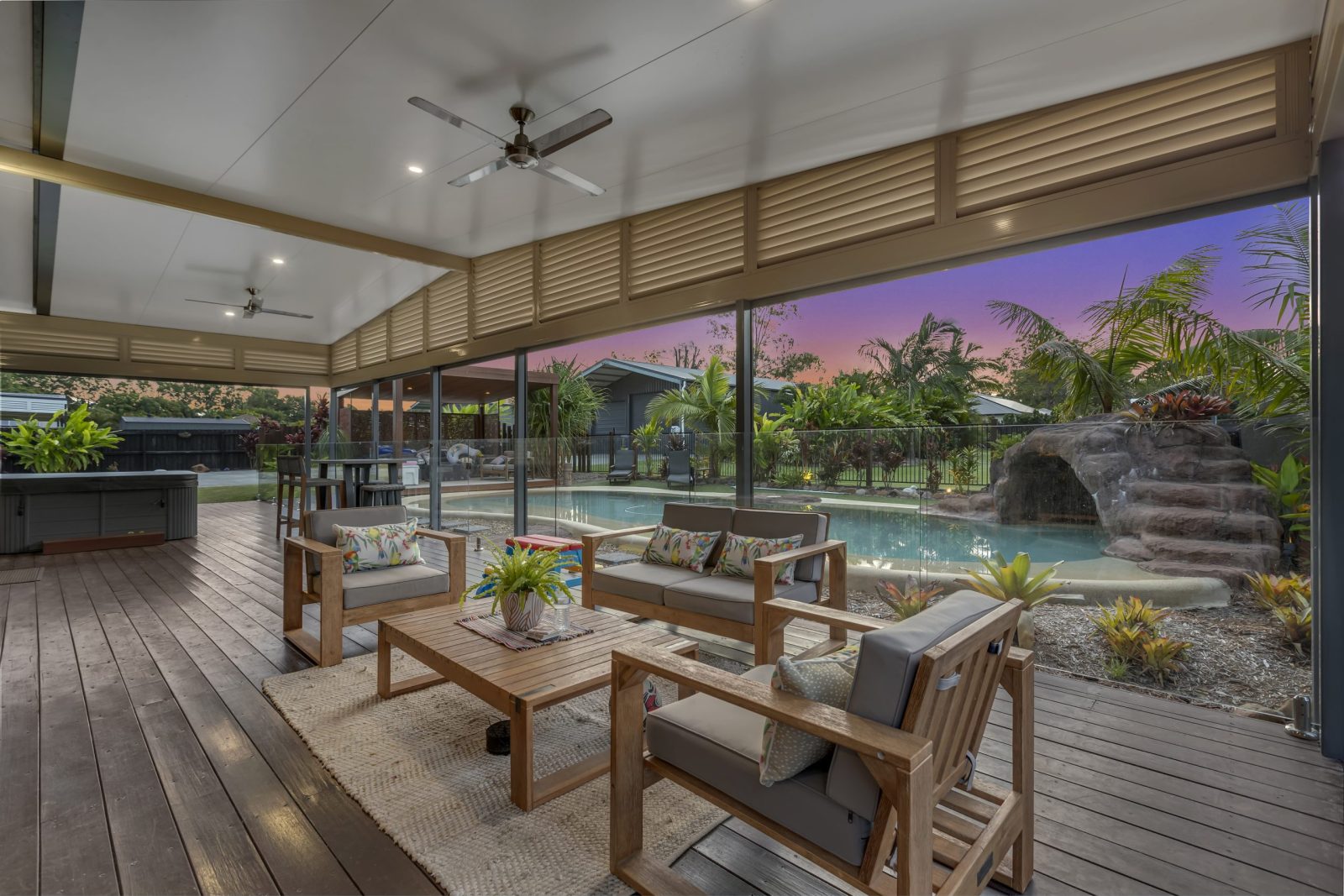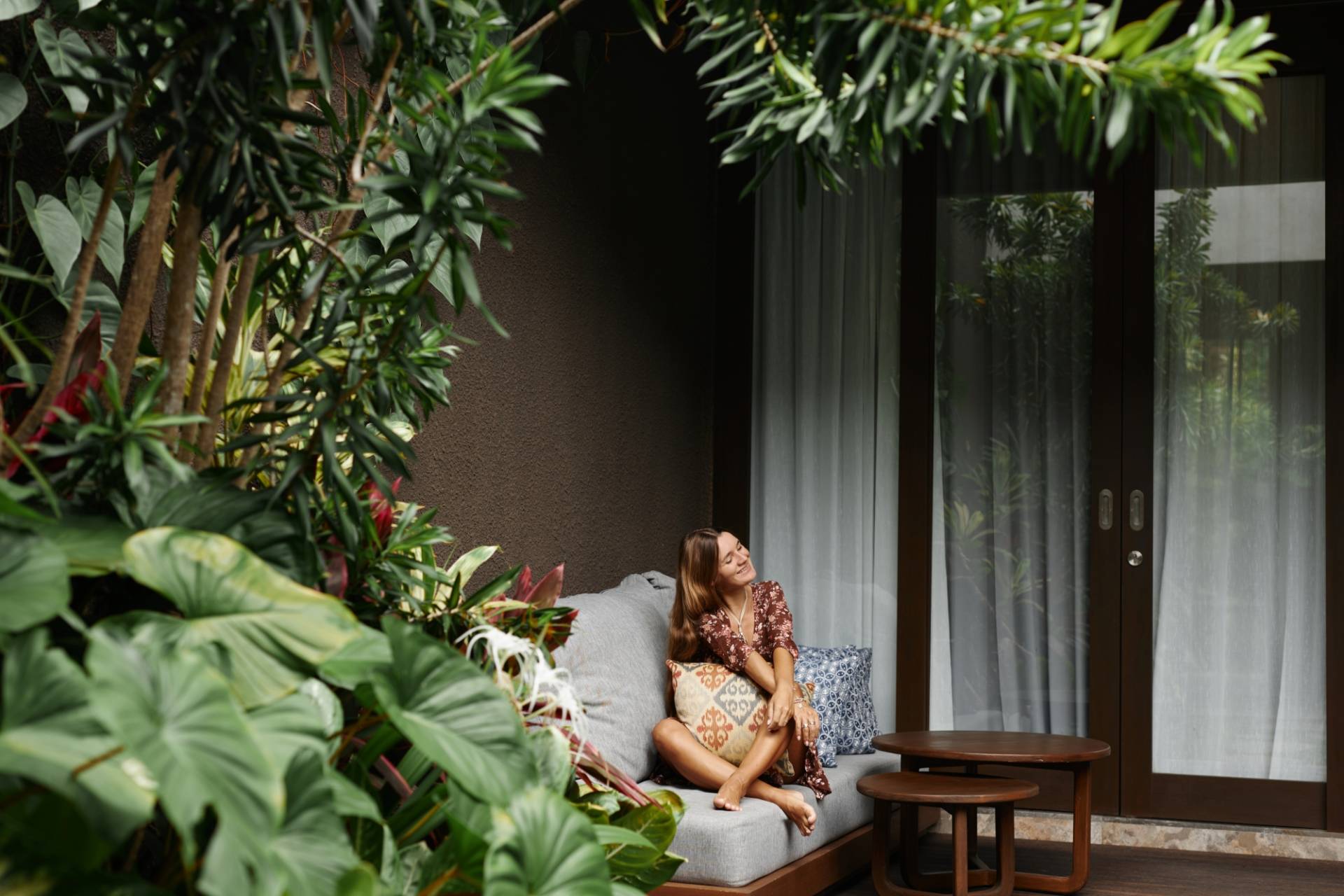If you’re looking into home improvements, chances are you’ve come across several terms you’re not familiar with. And while it’s not always vital that you know exactly what everything is if you’re working with a team to bring it to life, it’s also nice to be able to follow the conversation.
Our Apollo Patio partners go to great lengths to explain everything in simple to understand language. Yet, there are some building terms that can be helpful to familiarise yourself with so that, when you’re talking about the nitty gritty details of the build, you feel informed.
Eaves
Where your roof meets the top of your wall there is a little overhang or lip. These are the eaves. Their function is to prevent rainwater, snow and other debris from running straight down your walls, windows and doors and causing damage. They also offer a small amount of shade by protecting living spaces from direct sunlight. Eaves are much more than solely functional, however, offering an opportunity to add character and design to your structure. You can choose from:
Open eaves: the rafters underneath are left exposed,
Closed eaves: the underside of the roof is hidden,
Boxed in: similar to a closed eave, the roof rafters are also hidden but at the same angle as the roof itself,
Abbreviated eaves: only the smallest extension beyond the side of the structure.
Fascia
The fascia on a building refers to the wooden board or metal profile that sits under the eave. It is typically what the gutter is attached to, which of course offers further protection from water and debris. The fascia also prevents animals, insects and pests from creeping into the roof cavity and adds to the aesthetic appeal of a structure by concealing the rough ends of roof rafters.
Gabled roof
A gabled roof is like an a-frame or a pitched tent – one where two sides slope down towards the wall. The “gable” is the triangular portion of the wall that sits between the two traversing roof pitches. One of the more common types of roofing, a gabled roof can be a cost-effective option as they are simple to construct.

Soffit
The soffit forms the under part of your eaves. It is the material used underneath the eave and provides the basic function of protecting the rafters. Soffits can be timber, aluminium, fibre cement board or vinyl and the best material will depend on your climate along with your preferred finish.
Skillion
Another roofing style, a skillion has only one angled and sloping side, rather than two that meet in the middle. Where a flat roof will have only a slight pitch to allow for adequate drainage, a skillion roof will have a visible slope. Frequently found on patios and sheds, this kind of roof, with its clean lines, can offer a modern, minimalist aesthetic.

Rafter
Typically made from wooden or steel beams, the rafters usually angled or pitched, make up the underlying framework of the roof. They are fitted together to act as a support network to hold up the roof sheets, shingles and all other components that comprise the roof.
Flashing
Flashings help to protect joints and edges from taking in water or absorbing moisture. Made from a thin sheet of waterproof material such as sheet metal, they’re found at roof intersections and around doors, windows and chimneys.

Joist
The joist is the flat wooden horizontal framework that makes up the bottom of the roof or the ceiling. They fit together with the studs (the vertical part of the framework) to act as the foundational structure of a building.

Insulated panel
Insulated panel is comprised of a layer of insulating material sandwiched between two layers of structural board/steel. As the panels are firm, compressed and weighty, they are highly effective insulators, perfect for warm, humid and cold climates, usually giving some thermal insulation.
Single skin roof
A single skin roof is most commonly a type of roofing designed for patios, carports and pergolas. Consisting of one layer of steel finished with a high gloss, it is lightweight, durable and designed to reflect sunlight. Each panel clips together to form a weather-tight seal. The panels are easy to clean, low maintenance and simple to install making them an affordable option.








